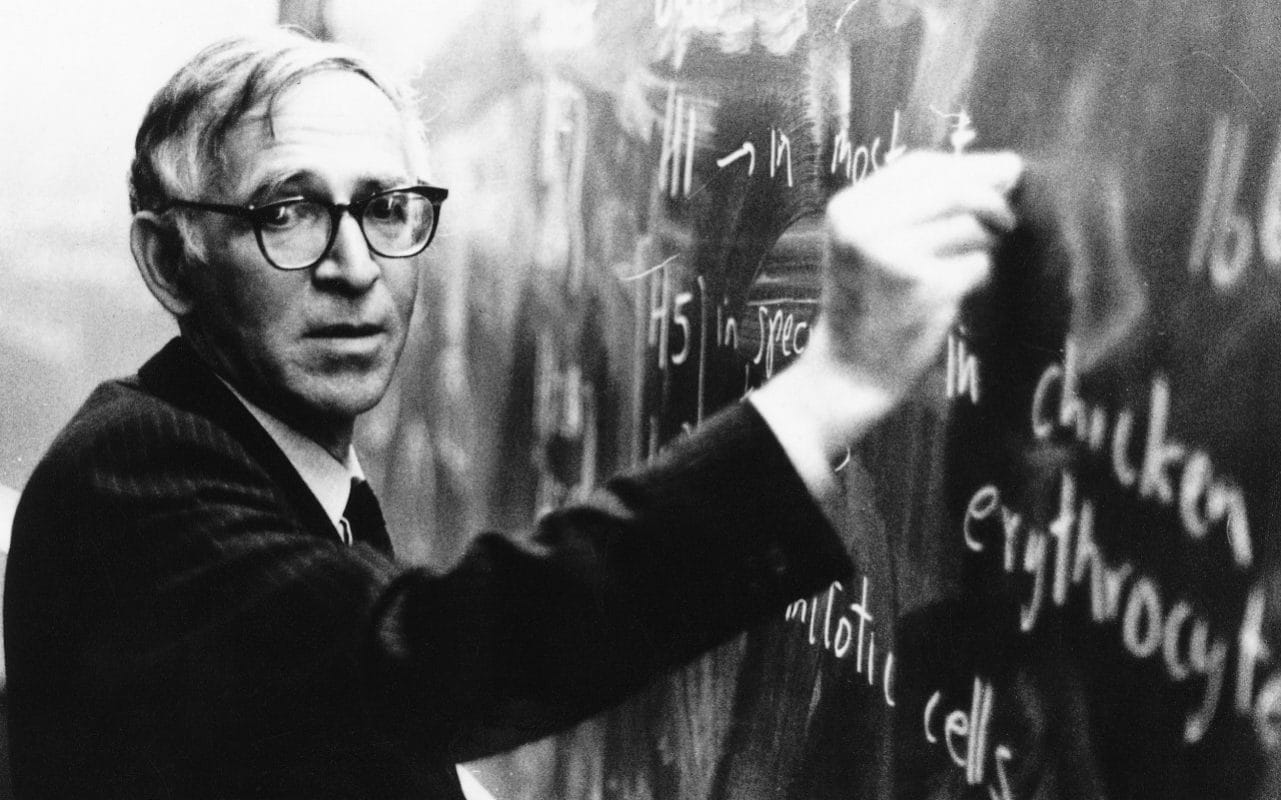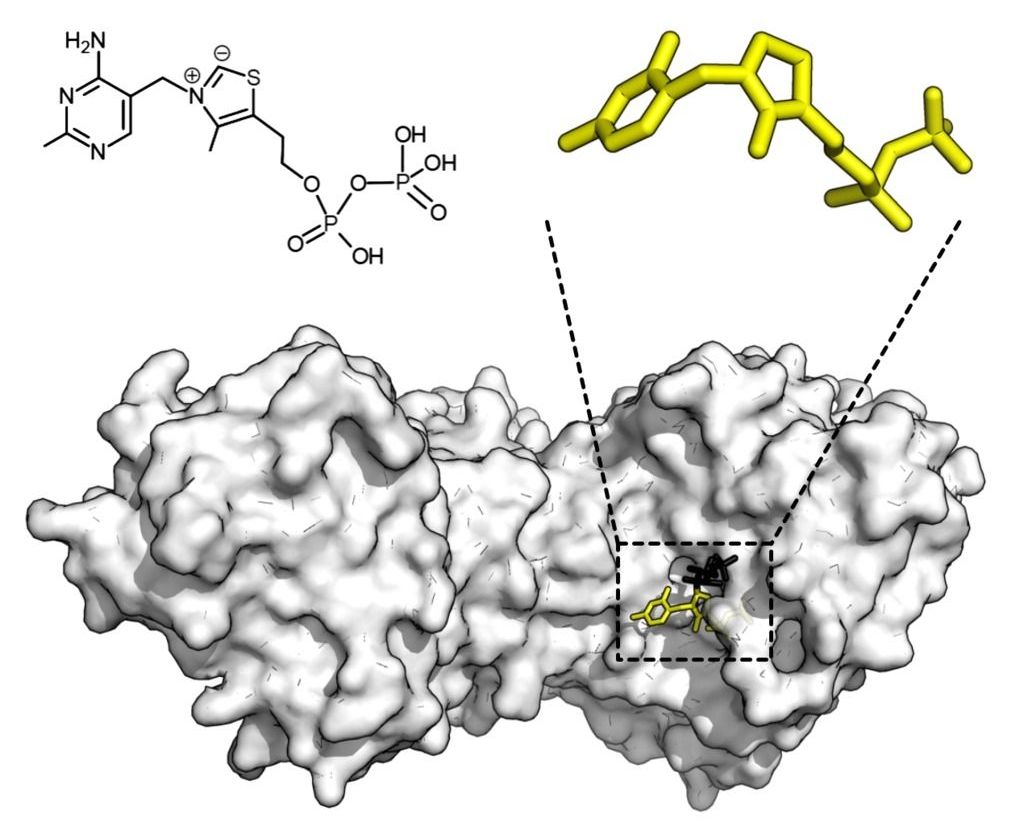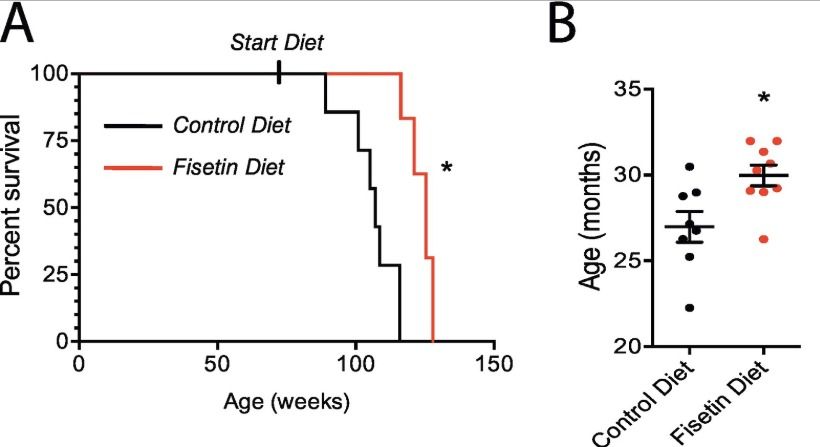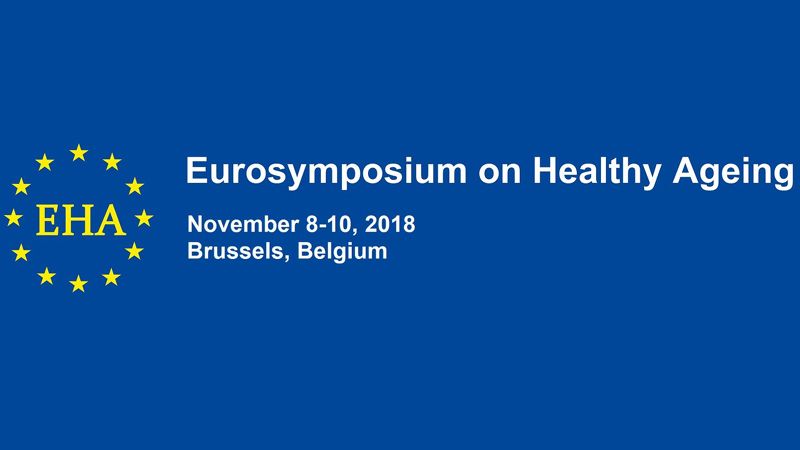Archive for the ‘chemistry’ category: Page 307
Nov 30, 2018
Life on Earth Could Have Started Thanks to a Simple Ingredient We Use Every Day
Posted by Shailesh Prasad in categories: chemistry, energy
If classic monster movies and old science experiments are to be believed, life begins with a spark.
Not everybody is convinced by this kind of origin story, so the search continues for sources of energy capable of transforming a prebiotic soup into a life-generating dish. Maybe the secret ingredient isn’t anything more shocking than a pinch of salt.
A new study led by researchers from the Earth-Life Science Institute (ELSI) at Tokyo Institute of Technology in Japan has turned their attention to common old sodium chloride as a potential conduit for the chemical energy required for early biochemistry.
Continue reading “Life on Earth Could Have Started Thanks to a Simple Ingredient We Use Every Day” »
Nov 29, 2018
New catalyst material produces abundant cheap hydrogen
Posted by Genevieve Klien in categories: chemistry, energy, engineering, government, sustainability

QUT chemistry researchers have discovered cheaper and more efficient materials for producing hydrogen for the storage of renewable energy that could replace current water-splitting catalysts.
Professor Anthony O’Mullane said the potential for the chemical storage of renewable energy in the form of hydrogen was being investigated around the world.
Continue reading “New catalyst material produces abundant cheap hydrogen” »
Nov 23, 2018
Meet Dawn Shaughnessy, the Real-Life Alchemist Who Expanded the Periodic Table
Posted by Genevieve Klien in categories: chemistry, particle physics
The periodic table is chemistry’s holy text. Not only does it list all of the tools at chemists’ disposal, but its mere shape—where these elements fall into specific rows and columns—has made profound predictions about new elements and their properties that later came true. But few chemists on Earth have a closer relationship with the document than Dawn Shaughnessy, whose team is partially responsible for adding six new elements to table’s ranks.
Shaughnessy leads a team of real-life alchemists. You might be familiar with alchemy as a medieval European practice where mystics attempted to transmute elements into more valuable ones. But rather than turn the element lead into gold, Shaughnessy and her team turned plutonium into flerovium.
Shaughnessy’s parents encouraged her to pursue science from a young age—her father was an engineer, and she had an electronics kit as well as a chemistry set as a child. She’d first thought about doing orthopedic research but didn’t want to cut people open, she explained to me, and chemistry was a natural fit. But when she arrived at the University of California, Berkeley as an undergraduate, she learned that chemistry could be more than just mixing liquids in beakers. She could create the atoms themselves.
Continue reading “Meet Dawn Shaughnessy, the Real-Life Alchemist Who Expanded the Periodic Table” »
Nov 22, 2018
Sir Aaron Klug, OM, scientist who won a Nobel Prize for his work on electron microscopy and chromosomes – obituary
Posted by Genevieve Klien in categories: biotech/medical, chemistry
Sir Aaron Klug, OM, who has died aged 92, won the 1982 Nobel Prize in Chemistry for his development of crystallographic electron microscopy and his work in charting the infinitely complex structures of chromosomes, the body’s largest molecules.
Human genes are made of nucleic acids such as DNA (deoxyribonucleic acid). The acids are too small to be seen with an ordinary microscope and too large to be studied by examining them under X-rays.
Nov 20, 2018
We’re going to Jezero!
Posted by Alberto Lao in categories: chemistry, climatology, space

At Jezero, Mars 2020’s goal will be “to explore the history of water and chemistry in an ancient crater lake basin and associated river-delta environments to probe early Martian climates and search for life.”
NASA announced this morning the selection of Jezero crater for the landing site of the Mars 2020 mission. Jezero is a 45-kilometer-wide crater that once held a lake, and now holds a spectacular ancient river delta.
Nov 17, 2018
AI heralds new frontiers for predicting enzyme activity
Posted by Genevieve Klien in categories: biological, chemistry, engineering, robotics/AI
Researchers from the Departments of Chemistry and Engineering Science at the University of Oxford have found a general way of predicting enzyme activity. Enzymes are the protein catalysts that perform most of the key functions in Biology. Published in Nature Chemical Biology, the researchers’ novel AI approach is based on the enzyme’s sequence, together with the screening of a defined ‘training set’ of substrates and the right chemical parameters to define them.
Nov 17, 2018
Fisetin—a new senolytic
Posted by Lilia Lens-Pechakova in categories: biotech/medical, chemistry, genetics, life extension
More information on the search for natural senolytics (that clear the senescent cells and potentially make us younger)- on ficetin, found in abundance for example in strawberries, a newly published study and discussion in the blog of Josh Mitteldorf. But we still would have to consume around 20 kg strawberries for two consecutive days to reach the dose used in the happy longer living mice!
Senolytic drugs have been the most promising near-term anti-aging therapy since the ground-breaking paper by van Deursen of Mayo Clinic published in 2011 . The body accumulates senescent cells as we age, damaged cells that send out signal molecules that in turn modify our biochemistry in a toxic, pro-inflammatory direction. Though the number of such cells is small, the damage they do is great. Van Deursen showed that just getting rid of these cells could increase lifespan of mice by ~25%. But he did it with a trick, using genetically engineered mice in which the senescent cells had a built-in self-destruct switch.
After that, the race was on to find chemical agents that would do the same thing without the genetically engineered self-destruct. They must selectively kill senescent cells, while leaving all other cells unharmed. It’s a tall order, because even a little residual toxicity to normal cells can be quite damaging. Before last week, the two best candidates were FOXO4-DRI and a combination of quercetin with dasatinib .
Nov 15, 2018
Thoughts on the 2018 Eurosymposium on Healthy Ageing
Posted by Nicola Bagalà in categories: biotech/medical, chemistry, life extension, media & arts
Thoughts on the Eurosymposium on Healthy Ageing held by Heales in Brussels.
When I first learned about the possibility of achieving human rejuvenation through biotechnological means, little did I know that this would lead me to meet many of the central figures in the field during a conference some seven years later—let alone that I would be speaking at the very same event. Yet, I’ve had the privilege to attend the Fourth Eurosymposium on Healthy Ageing (EHA) held in Brussels on November 8–10, an experience that gave me a feel of just how real the prospect of human rejuvenation is.
A friendly, welcoming environment
Continue reading “Thoughts on the 2018 Eurosymposium on Healthy Ageing” »
Nov 2, 2018
The explosive science behind fireworks
Posted by Genevieve Klien in categories: chemistry, science
Jump to media player The surprisingly simple science behind the clever chemistry that helps your night go off with a bang.
















